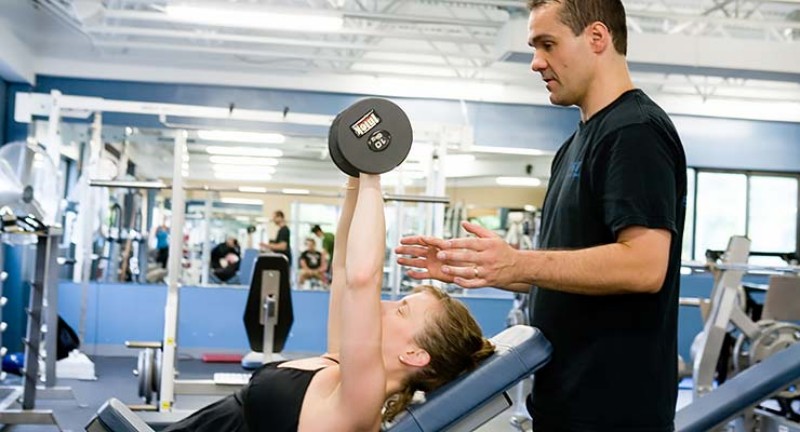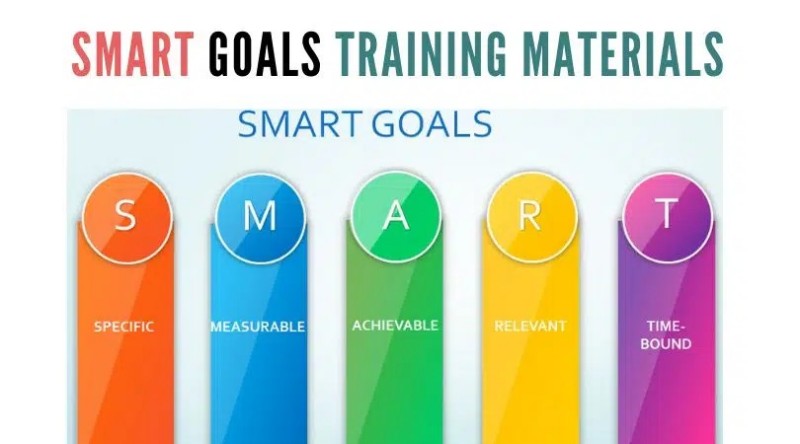Arthroscopic surgery rehab is an essential part of recovery for many patients. This minimally invasive surgery requires a thoughtful and disciplined rehabilitation regimen to ensure a successful return to normal function. So, let’s delve into understanding this crucial phase of the healing process.
Arthroscopy is a surgical procedure used by orthopedic surgeons to visualize, diagnose, and treat problems inside a joint. The camera attached to the arthroscope shows the images on a video monitor, allowing the surgeon to look at the cartilage, ligaments, and tendons. Arthroscopic surgery rehab is the period following this procedure, where specific exercises and protocols are used to help the patient regain strength and mobility.
Each individual’s rehab process will vary based on the joint involved and the extent of the damage. However, the primary goal remains the same: to restore function and enhance the patient’s quality of life. A 2023 study published in the Journal of Orthopedic and Sports Physical Therapy underscores the importance of a personalized approach to arthroscopic surgery rehab, stating that tailored programs yield better outcomes than generic ones.
Initial stages of rehab often focus on controlling swelling and pain, which can be managed through medication, rest, ice, compression, and elevation (commonly known as the RICE method). Gentle movement exercises may also be introduced early on to promote blood circulation and prevent joint stiffness.
As the healing progresses, physical therapy becomes a vital component of arthroscopic surgery rehab. A qualified physiotherapist can guide you through a range of exercises designed to improve flexibility, strength, and balance. These may include gentle stretching exercises, strength-building activities, and low-impact aerobic exercises such as cycling or swimming.
Arthroscopic surgery rehab isn’t confined to the physical therapy office, however. Completing prescribed exercises at home is equally important. To ensure the best possible outcome, patients should stay committed to their rehab program and follow their healthcare provider’s directions closely.
While maintaining a positive mindset is crucial during the recovery process, it’s equally important to listen to your body. If an exercise causes pain or discomfort, it’s best to stop and discuss this with your physiotherapist. Overexertion can lead to further injury and prolong the rehab process.
Good nutrition is another key element of successful arthroscopic surgery rehab. A balanced diet can help speed up recovery by providing the nutrients required for tissue repair. According to a 2024 study in the Journal of Nutritional Health, a diet rich in protein, vitamins C and D, and zinc can significantly enhance recovery after orthopedic surgery.
Lastly, remember that arthroscopic surgery rehab is a journey, not a race. It may take several weeks or even months to regain full function and return to your regular activities. Patience, perseverance, and a positive attitude can make the rehab process smoother and more effective.
By understanding and actively participating in your arthroscopic surgery rehab, you’re taking a significant step towards regaining your independence and returning to the activities you love. With the guidance of your healthcare team and a solid commitment to your rehab program, you can move forward on the path to recovery with confidence.











 : eval()'d code(1) : eval()'d code(1) : eval()'d code(1) : eval()'d code</b> on line <b>2</b><br />
https://mindbodyfuell.com/wp-content/themes/baobao/default.jpg)
